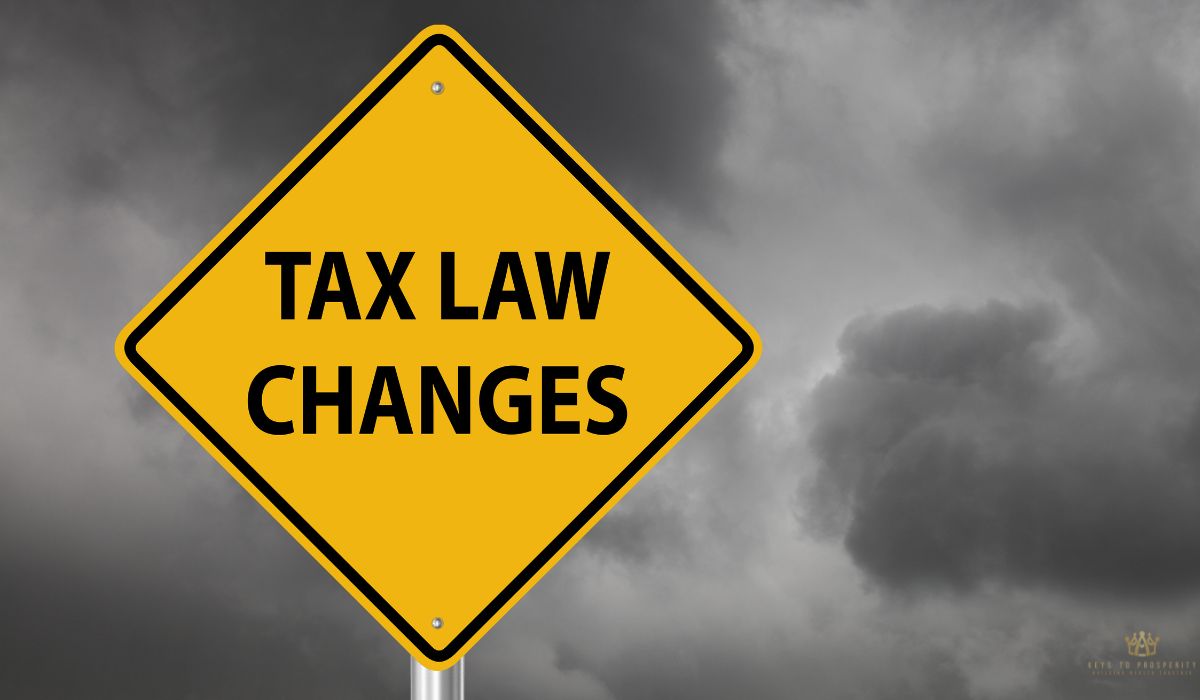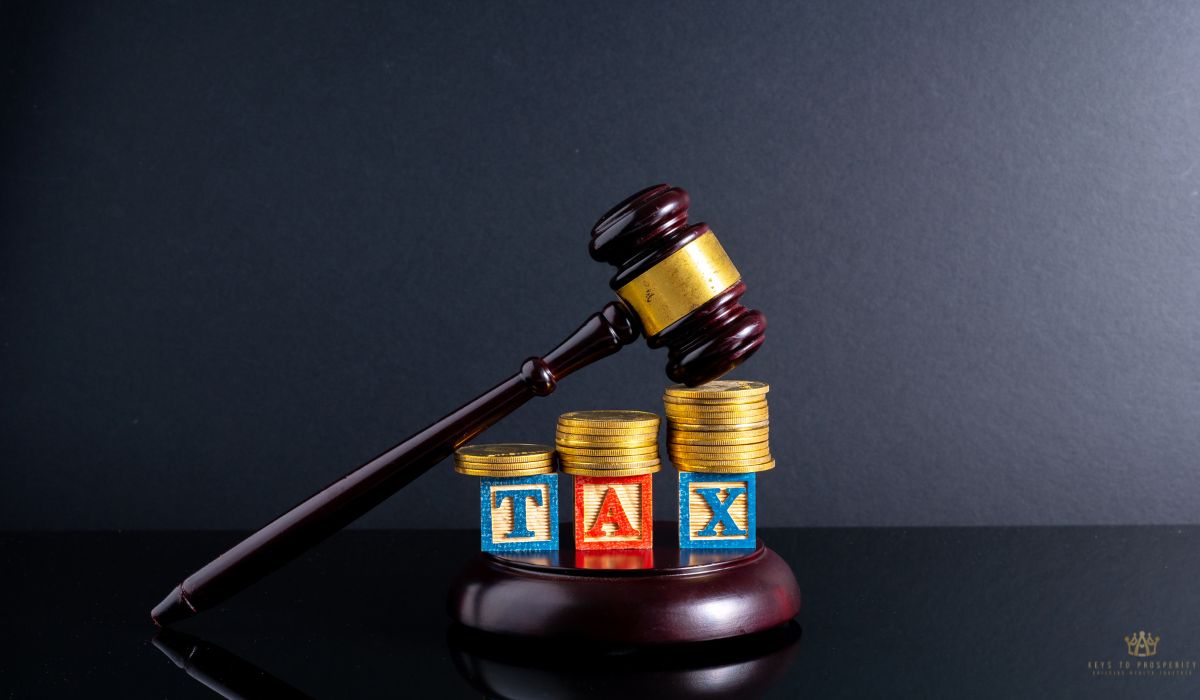Tax planning just got a major boost, and we’re cutting straight to the chase: bonus depreciation isn’t just surviving the Big Beautiful Bill Act, it’s been supercharged.
Forget the looming phase-down. The One Big Beautiful Bill, signed into law on July 4, 2025, locked in 100% bonus depreciation permanently for qualifying assets put to work after January 19, 2025.
This is huge news, reversing what would have been a steep drop to a measly 20% by 2026 and zero after that. If you’ve been asking “is bonus depreciation in the big beautiful bill?”, the answer is a resounding yes, and it’s better than expected.
From our experience navigating these major tax changes, understanding this depreciation deduction is crucial for reducing your tax liability right now.
This article breaks down exactly what the beautiful bill act OBBBA means for your qualified property, eligibility, and smart tax planning strategies across tax years beginning now.
We recently explored maximizing deductions via the low income path commercial depreciation strategy.
Now, diving into the one big beautiful bill 100% bonus depreciation permanent victory sets the stage perfectly for our pillar post, bonus depreciation commercial real estate 2025, giving you the complete picture.
Short Summary
- Legislation Overview: Signed by President Trump on July 4, 2025, the beautiful bill builds on the Tax Cuts and Jobs Act TCJA, enhancing tax provisions like bonus depreciation and raising the SALT cap to $40,000 for joint filers.
- Bonus Depreciation Details: Businesses can immediately deduct costs of tangible personal property and qualified production property placed in service after January 19, 2025, reducing taxable income.
- Eligibility and Benefits: Non corporate taxpayers and corporations benefit, especially with cost segregation study for real estate, boosting qualified business income and business interest deduction.
- Strategic Planning: Pair bonus depreciation with investment tax credit, energy tax credits for wind and solar projects, and production tax credit to cut tax liability.
- Impact Across Sectors: Individual income tax filers, real estate investors, and businesses with foreign investment or qualified opportunity fund investments gain from lower adjusted taxable income and net CFC tested income.
Understanding The Big Beautiful Bill Act (OBBBA) And Its Tax Provisions
Let’s unpack the Big Beautiful Bill Act and its game-changing tax provisions. This section covers what the beautiful bill is, its major updates, when it was signed, and how it ties to the Tax Cuts and Jobs Act.
What Is The Big Beautiful Bill Act?
The Big Beautiful Bill Act OBBBA, signed into law on July 4, 2025, by President Trump, is a massive tax reform package. It reshapes the tax code to boost businesses and individuals. Think of it as a beefy update to how we handle taxes.
Major Tax Changes Introduced
This beautiful bill brings hefty changes to tax cuts, deductions, and credits. It reinstates 100 bonus depreciation, expands Section 179 limits to $2.5 million, and offers new breaks like the auto loan interest deduction.
For instance, a client we advised snagged huge savings by timing equipment purchases to leverage these tax benefits.
Individual income tax: Permanent seven-bracket structure (10% to 37%).
- SALT cap: Raised to $40,000 for joint filers under $500,000 AGI.
- Child tax credit: Boosted to $2,200 per child, inflation-indexed.
- Trump accounts: $5,000 annual contribution for kids under 8, tax-free growth.
Timeline Of The Signing
President Trump signed the Big Beautiful Bill Act on July 4, 2025, as Public Law 119-21. Most tax provisions kick in for tax years beginning after January 19, 2025. This gives businesses a clear runway to plan.
Connection To The Tax Cuts And Jobs Act
The Big Beautiful Bill Act builds on the Tax Cuts and Jobs Act TCJA from 2017. The TCJA introduced temporary tax cuts like bonus depreciation that were phasing out.
For example, a small business owner used the TCJA’s qualified business income deduction, now made permanent by the OBBBA.
Is Bonus Depreciation In The Big Beautiful Bill? The Direct Answer
Let’s cut to the chase: does the Big Beautiful Bill Act include bonus depreciation? This section answers that, dives into specific sections, and compares it to prior law.
Yes, Bonus Depreciation Is Included
Absolutely, bonus depreciation is in the Big Beautiful Bill Act. It’s restored permanently for qualified property placed in service after January 19, 2025. This is a big win for businesses.
Specific Sections Addressing Bonus Depreciation
The OBBBA’s Section 168(k) locks in 100% bonus depreciation for tangible personal property with a recovery period of 20 years or less. Section 168(n) adds a temporary provision for qualified production property until 2031.
For example, it’s possible for manufacturer to use this section to deduct a new factory’s equipment costs upfront.
How The Bill Modifies Depreciation Benefits
The beautiful bill makes 100 bonus depreciation permanent, unlike the TCJA’s phaseout (40% in 2025, 20% in 2026). It also expands to include manufacturing buildings as qualified property. This boosts taxpayer’s taxable income deductions significantly.
Key Differences From Prior Law
Under prior law, bonus depreciation was fading fast, dropping to 20% by 2026. The OBBBA reverses this, allowing businesses to immediately deduct full costs of property placed in service.
For instance, a real estate investor can use a cost segregation study to maximize deductions on a new commercial property.
How Bonus Depreciation Works Under Current Tax Code
Let’s break down how bonus depreciation functions in the tax code. This section explains qualified property, requirements for tangible personal property, placed in service rules, and impacts on taxable income.
Qualified Property Eligible For Immediate Depreciation
Bonus depreciation lets businesses immediately deduct 100% of the cost of qualified property. This includes assets like machinery, vehicles, and certain real estate improvements. For example, a bakery owner can deduct a new oven’s full cost in one tax year.
- Eligible assets: Equipment, furniture, and certain building upgrades.
- Exclusions: Land, inventory, and intangible assets like patents.
- Bonus rate: 100% for property placed in service after January 19, 2025.
Requirements For Tangible Personal Property And Qualified Production Property
Tangible personal property must be physical, like computers or trucks, with a recovery period of 20 years or less. Qualified production property, like manufacturing facilities, qualifies if used for production.
Under these rules, a factory owner, for instance, can deduct new assembly line equipment.
Rules For Property Placed In Service And Recovery Period
Property placed in service means it’s ready for business use. The Big Beautiful Bill Act sets the start date as January 19, 2025, for 100 bonus depreciation.
Assets must have a recovery period under the Modified Accelerated Cost Recovery System (MACRS), typically 3 to 20 years.
Impact On Taxable Income And Adjusted Gross Income
Taking bonus depreciation slashes taxpayer’s taxable income by deducting asset costs upfront. This lowers adjusted gross income, which can reduce tax liability for joint filers or businesses.
Take this small retailer as an example: they cut their adjusted taxable income by deducting new shelving costs, saving thousands.
Eligibility Rules And Qualified Property Requirements
Who qualifies for bonus depreciation, and what property makes the cut? This section covers tangible property, qualified business income, non corporate taxpayers versus corporations, and cost segregation study benefits.
Breakdown Of Tangible Property That Qualifies
Bonus depreciation applies to tangible property like equipment, vehicles, and certain real estate improvements, such as roofing or HVAC systems. Used assets qualify if new to the taxpayer.
A real estate investor we advised, for instance, deducted a used delivery van’s cost after purchasing it.
Special Considerations For Qualified Business Income And Business Interest Deduction
Bonus depreciation boosts qualified business income by lowering taxable income, aiding non corporate taxpayers under Section 199A. It also interacts with the business interest deduction, as higher deductions can free up cash flow.
A contractor, for example, can pair these to maximize savings on new tools.
Requirements For Non Corporate Taxpayers Versus Corporate Entities
Non corporate taxpayers, like sole proprietors, can claim bonus depreciation on qualified property, but corporations face stricter rules on net investment income. Both must meet Internal Revenue Service guidelines.
This same bonus depreciation can be used by, say, a partnership to offset subpart of income from foreign entities.
Cost Segregation Study Benefits
A cost segregation study identifies assets in a property that qualify for shorter recovery periods, maximizing depreciation deduction. This is huge for real estate investors and businesses in qualified opportunity zones.
Take this one investor with a commercial building, for example. Using this study, they managed to save big by segregating costs for lighting and plumbing upgrades.
Tax Planning Strategies With Current Bonus Depreciation Rules
Smart tax planning can maximize bonus depreciation benefits. This section shares strategies for reducing tax liability, coordinating tax credits, planning across tax years, and working with a tax advisor.
Optimizing Tax Liability Through Strategic Property Purchases
Buying qualified property like equipment or vehicles can cut tax liability. Time purchases to align with property placed in service after January 19, 2025, for 100 bonus depreciation.
To illustrate: If you’re a restaurant owner, the new kitchen appliances you purchased in early 2025 can be used to slash your taxable income.
- Prioritize high-cost assets: Focus on big-ticket items like machinery.
- Leverage used property: Used assets qualify if new to your business.
- Plan purchases early: Ensure assets are placed in service before year-end.
Coordination With Other Tax Credits
Bonus depreciation pairs well with investment tax credit and energy tax credits for solar energy projects or energy storage projects. Claiming these alongside depreciation boosts savings.
For instance, it’s possible for a small business to combine bonus depreciation with an energy tax credit for installing solar panels.
Planning For Different Tax Years
The Big Beautiful Bill Act applies to tax years beginning after January 19, 2025, so plan purchases accordingly. Spread deductions across years to manage adjusted gross income.
If you’re a savvy retailer, for example, you can use this to your advantage by having staggered equipment buys to balance deductions over multiple tax years.
Working With A Qualified Tax Advisor
A qualified tax advisor tailors strategies to your business needs. They navigate complex rules like miscellaneous itemized deductions or charitable contributions.
For example, as an investor, it’s better to work with an advisor to match bonus depreciation with charitable deduction goals. You may end up saving thousands as a result.
Impact On Different Business Types And Taxpayers
Bonus depreciation affects businesses and individuals differently. This section explores impacts on individual income tax filers, joint filers, qualified opportunity zones, and foreign derived intangible income.
Effects On Individual Income Tax Filers Vs. Corporate Structures
Individual income tax filers, like sole proprietors, deduct tangible property costs to lower adjusted taxable income. Corporate entities face limits on business interest deduction and excise tax rules.
Even a freelancer can use bonus depreciation to offset net investment income, unlike corporations with stricter caps.
Considerations For Joint Filers
Joint filers benefit from bonus depreciation by reducing adjusted taxable income, especially under the SALT cap of $40,000. Deductions can lower their tax rates. A married couple, for example, can ease their tax burdens by deducting a new business vehicle.
Special Rules For Qualified Opportunity Zones
Qualified opportunity zones and qualified opportunity fund investments gain from bonus depreciation on improvements like buildings. These stack with zone-specific breaks.
A real estate investor can also use bonus depreciation to enhance returns on a zone property.
International Implications
Bonus depreciation impacts foreign derived intangible income and subpart f income for businesses with foreign entities. Deductions reduce net CFC tested income, easing anti abuse tax rules.
With this deduction, a tech firm can use bonus depreciation on servers to lower foreign investment taxes.
Final Thoughts
The Big Beautiful Bill Act makes bonus depreciation a powerful tool for slashing tax liability and boosting business growth. Smart planning with qualified property and tax credits can save thousands, whether you’re a small business owner or a real estate investor.
A strategy like cost segregation, for example, can be used to maximize deductions on a new office. Act now to leverage these tax benefits before the tax year ends. Visit our homepage for more tips on tax planning and real estate strategies.






